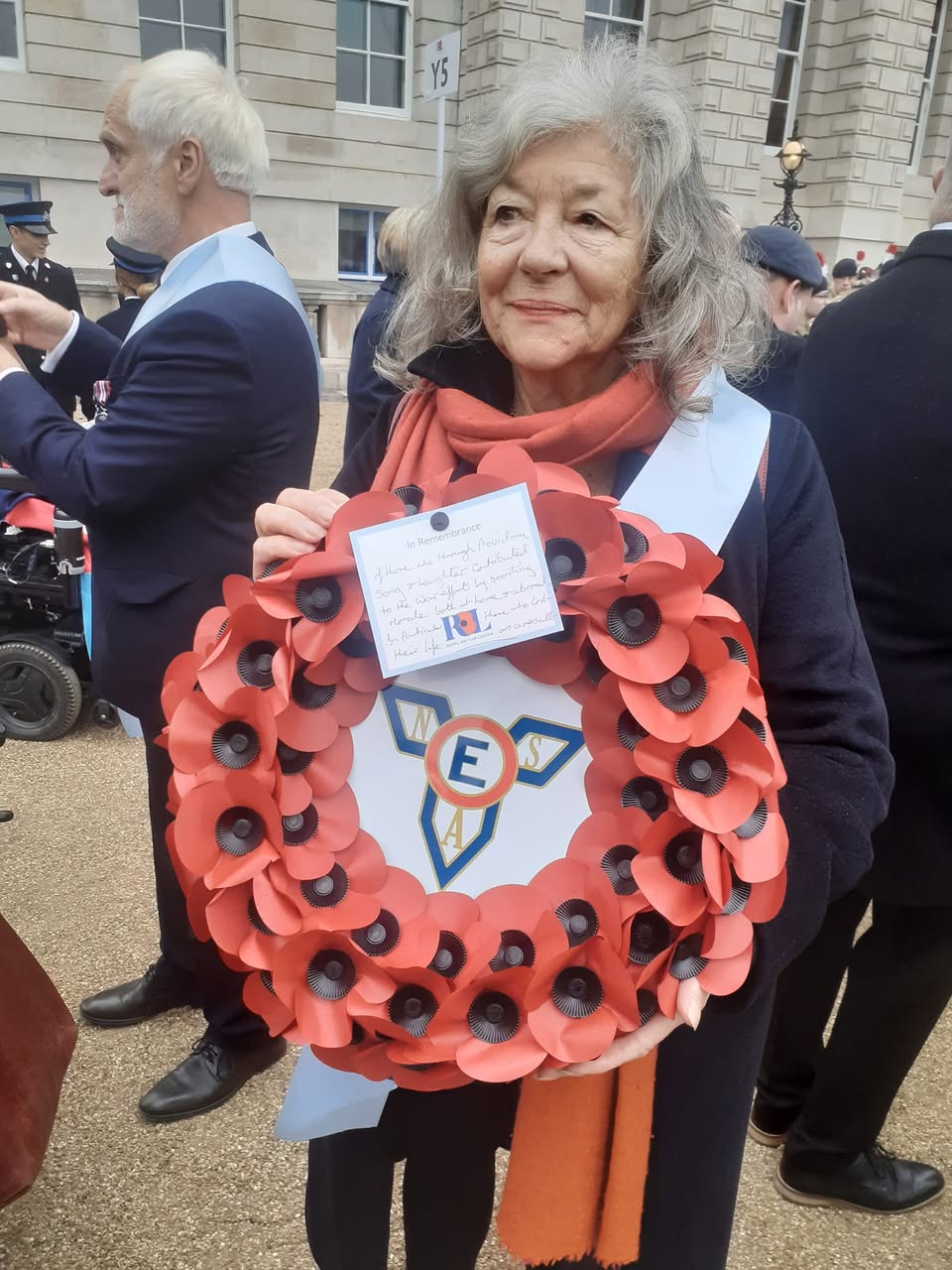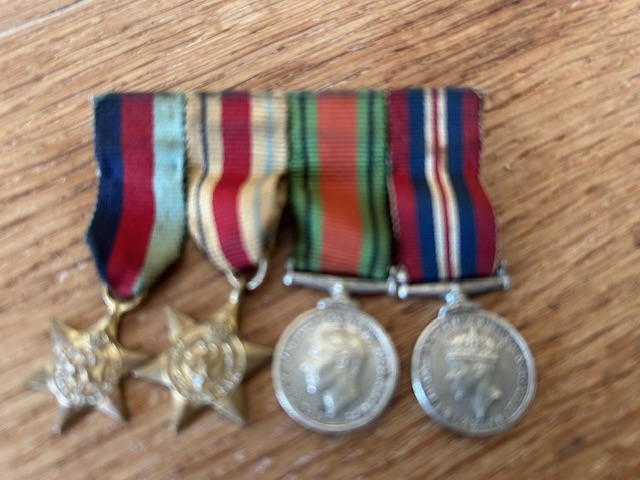I have just finished writing the next book in my Meonbridge Chronicles series, set in medieval England. This story centres, not on Meonbridge, as the other novels do for the most part, but on a priory, to which one of the characters in the first Chronicle, Fortune’s Wheel, departed under something of a cloud. I always wanted to follow up what happened to her, but wasn’t sure that setting a novel almost entirely in a nunnery would make for an engaging story. So, I wrote other novels, about other characters, as the idea for this latest one gradually developed in my mind.
Then I discovered – or, actually, I think, re-discovered – Medieval English Nunneries, c. 1275 to 1535, a vast tome written in the 1920s by the well-known medieval historian, Eileen Power.
To digress briefly, I’ve often wondered who Eileen Power presumed her readership was… I have two others of her books, Medieval People and Medieval Women, and both include a few snatches of medieval texts, but I think I’m right in saying the quotes are translated into modern English. So perhaps those books were intended for a more-or-less inexpert readership. But Medieval English Nunneries is not only vast, with great quantities of notes, but is also littered with Middle English, Medieval French, and Latin, some of which is translated but a lot of which is not. Which overall makes it a challenging read for one who is not a trained, academic historian!
Nonetheless, I have read Medieval English Nunneries from cover to cover, and what I learned from it really opened my eyes, and soon enough I understood that writing a story about a medieval nunnery could indeed be engaging, not to say surprising and even exhilarating.
For what I read was that some medieval nunneries weren’t at all the havens of peace and prayer I might have expected them to be.…
 |
| Hildegard von Bingen and her nuns 13th century. Public domain. |
There were apparently around 140 nunneries (priories and a few abbeys) in England in the later Middle Ages. Most were very poor, despite being largely inhabited by the aristocracy and gentry and, later, some women from upper-middle-class mercantile families. Many nunneries were small, very few with more than thirty nuns, a little over a quarter with between 10 and 20, well over half fewer than 10. As economic units, some of them must have struggled.
From what I gather, nunneries were not necessarily poor from lack of good management, but simply because their income was low. They would have relied on donations from benefactors, either permanent or long-term endowments, or shorter term or even one-off gifts from friends, relatives or people who wanted the nuns to pray for their or their loved-ones’ souls. The nunnery would also have the income from its estate, such as rents from tenants and money from the sale of crops. But their expenses were many: the costs of day-to-day living, food, clothing, candles, firewood; wages for servants (of which there could be several, even in relatively poor establishments); the costs of maintaining the buildings, which clearly could be huge; alms-giving to the poor, something nuns were supposed to do, albeit they were poor themselves! A few houses were wealthy, and presumably didn’t really struggle, but in many, if not most, the expenses often outstripped the income. Even in well-managed houses, the battle to keep their heads above the choppy waters of destitution must have been a real challenge.
That this was a problem can be construed from the measures put in place by bishops to safeguard nunneries’ financial health. The prioress was not supposed to make decisions by herself, but together with all the nuns – this communality of decision-making was a requirement of the Benedictine rule, and likely that of other orders too. Accounts were to be presented regularly to the bishop’s representatives, and it might seem obvious that a nunnery should have someone with specific responsibility for its finances (i.e. a treasuress), rather than letting the prioress have sole oversight.
But what if a prioress had neither the ability nor the motivation to grapple with the mammoth task of managing the priory? Some prioresses were clearly terrible at their job. Yet perhaps it’s not surprising that some were unable to manage their priories properly, for, after all, they had no training. Maybe it is more surprising that so many were reasonably well-managed even if they did remain relatively poor?
However, in some cases, incompetence was not the (only) problem. For imagine a prioress who is discontented with the ascetic life and wants a bit of luxury, or who has a yen to assert herself above her sisters and do things “her way”, instead of by the Rules of her order, Benedictine or otherwise.
For a start, she might try to force her own election by whatever devices necessary. Eileen Power describes various examples of electoral subterfuge, where the community splits into rival factions, and the prospective prioress uses bribery or slander or some other devious, un-nun-like means to win the day.
Once in place, the prioress might then succumb to whatever “temptations” can help her assert her authority or implement her desires. Power mentions three such temptations:
- The desire to live a separate, superior sort of life, wearing luxurious clothes, not engaging with the life of the convent, sleeping and eating alone, travelling unnecessary, visiting friends, having friends to stay, even meeting men in private
- The urge to rule like a tyrant, instead of consulting the other nuns, as the Rule demanded
- The inclination to favour individual sisters, causing rifts, resentment, and even outrage…
These matters too were ones that bishops tried to tackle, but where their efforts were often in vain. Nunneries were typically visited and examined – by means of the bishop’s visitation, which was how all religious institutions, including religious houses and churches, were monitored and managed – only every three years or so. Therefore, the nuns were essentially left to their own devices for years at a time, during which all sorts of mayhem might be perpetrated.
It is through the records of the bishops’ visitations that Power is able to tell us so much about the difficulties of medieval nunneries and the measures the bishops tried to put in place to help them but also to curb their failings.
Apart from the financial problems, there were a number of other issues that might cause life in a nunnery to be less than contented.
For example, the very reason why the nuns were there. Had they entered the nunnery by choice, to pursue a religious life that they believed was their vocation? Or had they been sent there, possibly against their will, possibly even as a child?
Power makes it clear that at least some of the professed nuns in medieval nunneries were not there because they chose the life. Some were sent as children, others as young women. Power by no means claims that all of them were forced. She suggests that some – perhaps many, or even most? – professed happily enough, and might even have developed a vocation for the religious life. But it certainly was not always the case. For those, in particular, who entered the nunnery unwillingly, or at the very least, without their active consent, one can imagine the life might have seemed like a form of imprisonment.
To send your child to a nunnery was, I suppose, not necessarily done in order to “get rid of” them. For some, the religious life might have been seen as a sanctuary, an honour, or an insurance for the family. But at least some of these youthful internees might have met their fate when devious relatives did want to be rid of them, in order to access their inheritance, for a nun had no claim on her father’s estate.
In other cases, a man with a lot of children – sons and daughters – would give his sons priority, and might send “superfluous” daughters to a nunnery for a lower dowry than he might need to find her a husband. (In fact, canon law forbade the giving of dowries to nunneries as “simony”, but they happened anyway, and indeed were commonplace.) For some, a career as a nun might have seemed a natural “alternative” to marriage. Power suggests that the majority of young medieval women who entered a nunnery as a career did not have any particular religious inclination, but simply had nothing else to do, assuming I suppose, that they were unable, for whatever reason, to find a husband.
It is undoubtedly true that a girl might choose to take the veil willingly, not to say eagerly. She might see it as an honourable life for a girl who was unwilling or unable to marry, or indeed she might have a real calling to the life. But, for others, the nunnery might prove a prison, into which they were forced, unwilling but unable to resist, perhaps out of fear or simply sheer lack of agency.
It is of course impossible to know how many were willing and how many not.
But it seems that the majority of nunneries were apparently not full of desperately unhappy, antagonistic women, but were reasonably calm and contented places so, perhaps, regardless of the way they had entered their life, most nuns did learn to accept their fate and make the best of it. We shall never know.
So, why the nuns were there was one of the potential issues that might make, for some, their life a less than happy one. Another was the day-to-day life itself.
In the early days of nunneries, a nun’s day (aside from eating and sleeping) was marked by prescribed periods of prayer, some hours of work, and time allowed for reading and study. But Power tells us, that by the fourteenth century, reading was no longer widespread, and even work occupied less, if any, time than it once had, as servants tended to do it. As a result, says Power, “all nuns had was prayer”.
 |
Nuns dining in silence while listening to a Bible reading. Pietro Lorenzetti, 1341. Public domain, via Wikimedia Commons
|
Obviously, those for whom the life was a vocation, where prayer was one of its most important, indeed joyous, aspects, would undoubtedly have relished spending most of their time in chapel. Moreover, even if reading and study had declined overall, one can imagine that nuns with a vocation would read and study anyway, so much of their time would be usefully, and happily, occupied.
But for others, especially those who had no vocation, the lack of occupation could have rendered their lives as tedium without relief. Some reacted negatively. For example, some neglected the services – the holy offices – either by not attending them at all or by disrupting them in some way, such as racing through the psalms, to render them cacophonous and meaningless.
The dearth of meaningful activity also encouraged some to try and brighten their lives a little, with more colourful clothes, pet dogs and forms of entertainment. The evidence that bishops attempted to curb these “brighteners” does suggest it was a problem, though how widespread it was it is impossible to know. I have already mentioned unscrupulous prioresses who sought a more luxurious and entertaining life, and perhaps finding it at the expense of the nunnery’s financial health. But from the bishops’ viewpoint, this was also about the failure of the nuns to observe the life of simplicity and abstinence which a nunnery was supposed to have.
Worse was when nuns broke the bounds of morality.
In principle, the life of a nun was “cloistered”: she kept to the confines of the nunnery, and did not leave it for any reason. Yet, it seems that nuns made all sorts of excuses for escape, and again, the evidence that bishops tried to curtail it indicates that such getaways were commonplace enough. Excuses might include visits to friends and family, weddings, funerals or christenings, pilgrimages, walks (for exercise) and even field work on the nunnery’s home farm. Clearly some of these excuses were probably perfectly legitimate, but it’s equally clear that sometimes nuns took advantage, especially perhaps of weak-willed or incompetent prioress, and ended up visiting improper places, like monasteries, or men’s private houses, or taverns. The latter seems somewhat unlikely but perhaps it has some truth! Anyway, as Power says, for hundreds of years, the bishops were mostly unsuccessful in forcing nuns to stay “cloistered”, and in the end, of course, the nunneries (like the monasteries) were dissolved, with the excessive freedom to “get away” cited as one of the principal reasons.
One of the reasons for insisting upon enclosure was of course the desire by the authorities to keep nuns away from men, and the temptation they posed. Chastity was one of a nun’s vows, and the only way of preventing nature taking its natural course was to keep her locked up and prevent her from meeting men. Although, she might come across men anyway inside the nunnery. The priest-in-charge or chaplain might even live within the nunnery’s walls, and illicit liaisons with priests were certainly recorded in the visitation reports. Moreover, some of the in-house servants might be men, and if a nun did engage in any outdoor work, she might have occasional contact with farm workers. So opportunities were probably always there for those who wished to find them… Power concludes that the majority of nunneries were almost certainly perfectly moral, and didn’t have their nuns gallivanting around the countryside or getting themselves into inappropriate liaisons with men. Nonetheless, the records of the bishops’ visitations reveal that immoral, even outrageous, behaviour, did occur, some of which led to the inevitable unwanted consequences.
Sometimes it was the prioress herself who set a bad example. There appear to be examples – if few – of prioresses or even abbesses who bore several children and even brought them up in the nunnery, which sounds extraordinary. Sometimes it was a nun who got into trouble, and occasionally she left the nunnery – apostatised – perhaps to set up home with her child’s father. But it wouldn’t have been a happy answer to her problem, for she risked being excommunicated. Often it seems, the apostate returned to the nunnery and had to undergo arduous penances in order to recover her position.
My novel, obviously, focuses on the sort of mischief that did go on in some – but probably very few – medieval nunneries. I liked the idea of political manoeuvring – electoral subterfuge – for the potential for duplicity and conflict that would arise between factions. Also the concept of a prioress imposing her own inappropriate or even immoral desires on a place where her word was “law”, given that nuns owed her complete obedience, regardless of the worth or rationality of her decisions. And finally, the notion that the dissipation she might create would engender such grief amongst those nuns for whom such dissipation was anathema that they might be willing to cast obedience aside and rise up against her. I thought it might all make for a stimulating if surprising story.
However, as I shall write in my Author’s Note, this picture of a medieval nunnery should not be taken as the norm! Most of the 140 or so nunneries in Medieval England (and indeed also the monasteries) were probably reasonably pious and tranquil, working hard to make ends meet as best they could, although the very few wealthy institutions presumably didn’t have to work so hard. But, as Eileen Power writes, the evidence – from the bishops’ visitations – shows clearly that there were a few that were badly managed, had prioresses who were hopeless managers and/or incorrigibly self-seeking, where discipline was lax, piety at a minimum, and the inmates possibly feeling like prisoners.
Power’s book has been criticised for overstating the case for mismanagement and especially depravity in medieval nunneries, but I don’t feel she does especially overegg the situation. She draws on reports from the bishops’ visitations, which describe the “goings-on” in a few nunneries, sometimes in considerable detail. They certainly make intriguing reading, but there is no need to extrapolate from the few extraordinary examples to deduce that such behaviour was commonplace.
In truth, I feel that it is perhaps surprising that more nuns did not succumb to misbehaviour, given the circumstances in which some of them had entered their cloistered life, and the constraints with which they were required to live.
Anyway, I’ve drawn on Power’s descriptions of a few particular cases of prioresses or abbesses who brought either financial failure or shame, or both, to their houses, and overlaid them with my imagination to create a story that I hope gives a flavour of what life might have been like in those few houses that had the misfortune to be headed by a woman who was more interested in her own comfort, advancement and control than the well-being of her sisters. I hope it will be published early in 2025.
































.jpg)


_Memoriam_degli_Schiavone%20%20Wikimedia%20Commons.jpg)




